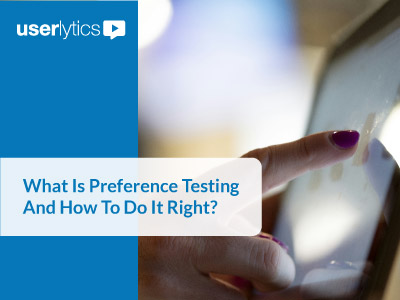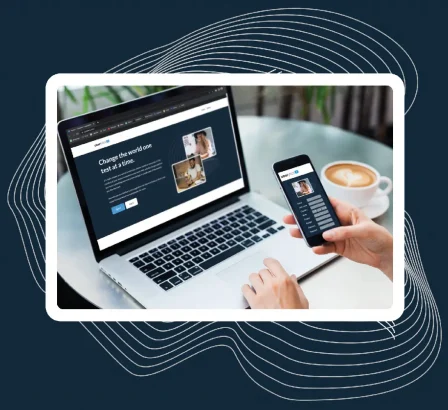All brands have a voice. It’s what companies use to communicate with their customers, prospects, and the rest of the world. Your brand’s voice is conveyed by many different people, through many channels:
- Your company’s websites and mobile apps
- Customer service calls
- Social media
- Earnings reports
- Press releases
Your brand’s voice is critical to your success. But if your voice is what you communicate, your tone is how you say it. And how your message comes across is just as important as the message itself.
It’s More Than Magic
No company is perhaps better at defining its voice and tone, and having them carry weight, than Disney. The mere mention of the word probably has you imaging Mickey Mouse, Donald Duck or your favorite animated classic. Disney has mastered the art of defining a voice.
But it’s magic lies in its mastery of tone. Every time a customer interacts with Disney, from a toy store purchase to a theme park ride, the user experience of the brand’s tone is always the same. Magical, joyful, exuberant, playful and jolly.

Disney takes every opportunity to craft messages (and user experiences) that embody its core values: fun, adventure, magic, excitement. Disney itself says it pays an extraordinary amount of attention to the details in everything it does.

Through every touch point, it uses that tone to keep the customer engaged and happy. They use phrases like “middle of the magic” and “your expedition awaits” everywhere: on landing pages, in status updates, in help text … even error messages.
And it’s not just words. Disney also uses playful and fun imagery – nothing is out of place. No fluff. The company uses its voice and the tone of its messages to help tell a story. And it works wonderfully.
Keeping it Simple
Another great example of effective tone is Simple. The online banking company is seen as a disruptor in the banking marketplace, created to upend the status quo in the banking and financial services user experience. Where traditionally financial institutions approached customers with a more serious and formal tone, Simple approaches the customer differently.

You can see Simple uses contractions, colorful adjectives and some powerful descriptors to make the service feel more welcoming and human.

That human-touch approach is seen throughout the Simple user experience: from the sales pitch and sign-up process, to the emails and updates delivered to its customers.
It’s reflected in the company’s choice of imagery, replacing dollar signs and balance sheets with smiles and faces.
Simple uses not only words and imagery, but also chooses its spacing and layout and interaction design to embody its message – to make the user experience Simple.
What You Can Do
Both of these companies have one big thing in common: they perform a lot of user testing to hone their messaging and perfect their tone. It doesn’t happen by accident. But it doesn’t take as much work as you might think.
Adjusting your own site’s or mobile app’s tone is a perfect use case for user testing. You can easily create UX studies to try out different forms of messaging, to see which resonates better with your audience. You can set up A/B tests, where you user test a small variation of typography, style, tone, layout or imagery between two or more groups, helping you to quantify what works.
You can also utilize branching logic in your user testing to explore your site’s use of subtle variations in voice and tone to determine if your efforts are being effective.
The Nielsen Norman Group, well-known pioneers in the user experience and usability space, have a great write-up on tone in UX, and how simple tweaks can help convey your desired message.
They identified 4 primary tone of voice dimensions:
- Funny vs. serious;
- Formal vs. casual;
- Respectful vs. irreverent
- Enthusiastic vs. matter-of-fact.
And they recommended conducting product-reaction user testing, as well as a 3 or 5 point likert rating to evaluate the content
At the end of the day, visual design, interaction design and content copy all need to be designed and user tested to achieve the tone of user experience that supports your brand.
So that your brand story, like a good movie, is all about showing, and not simply telling.





